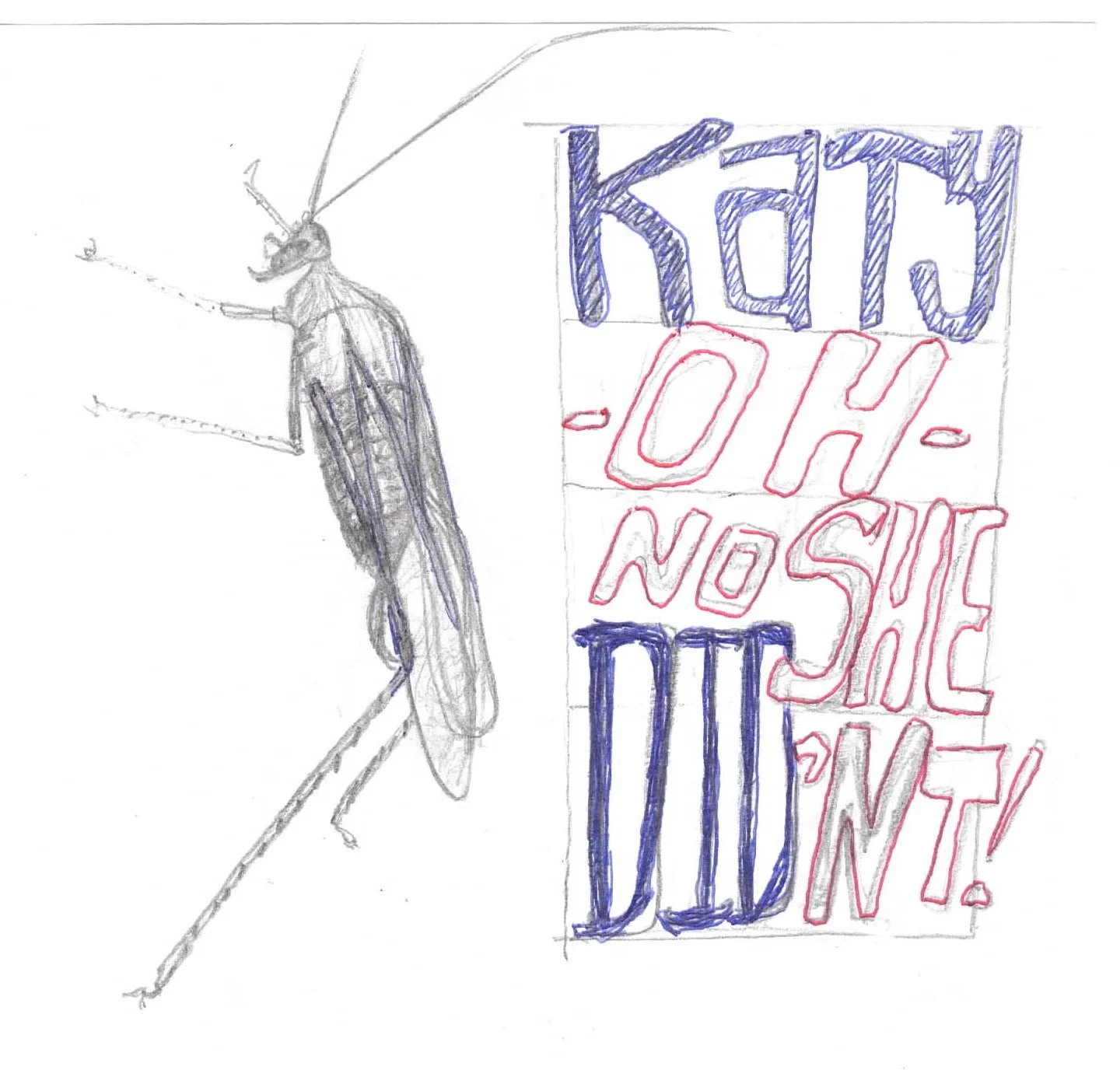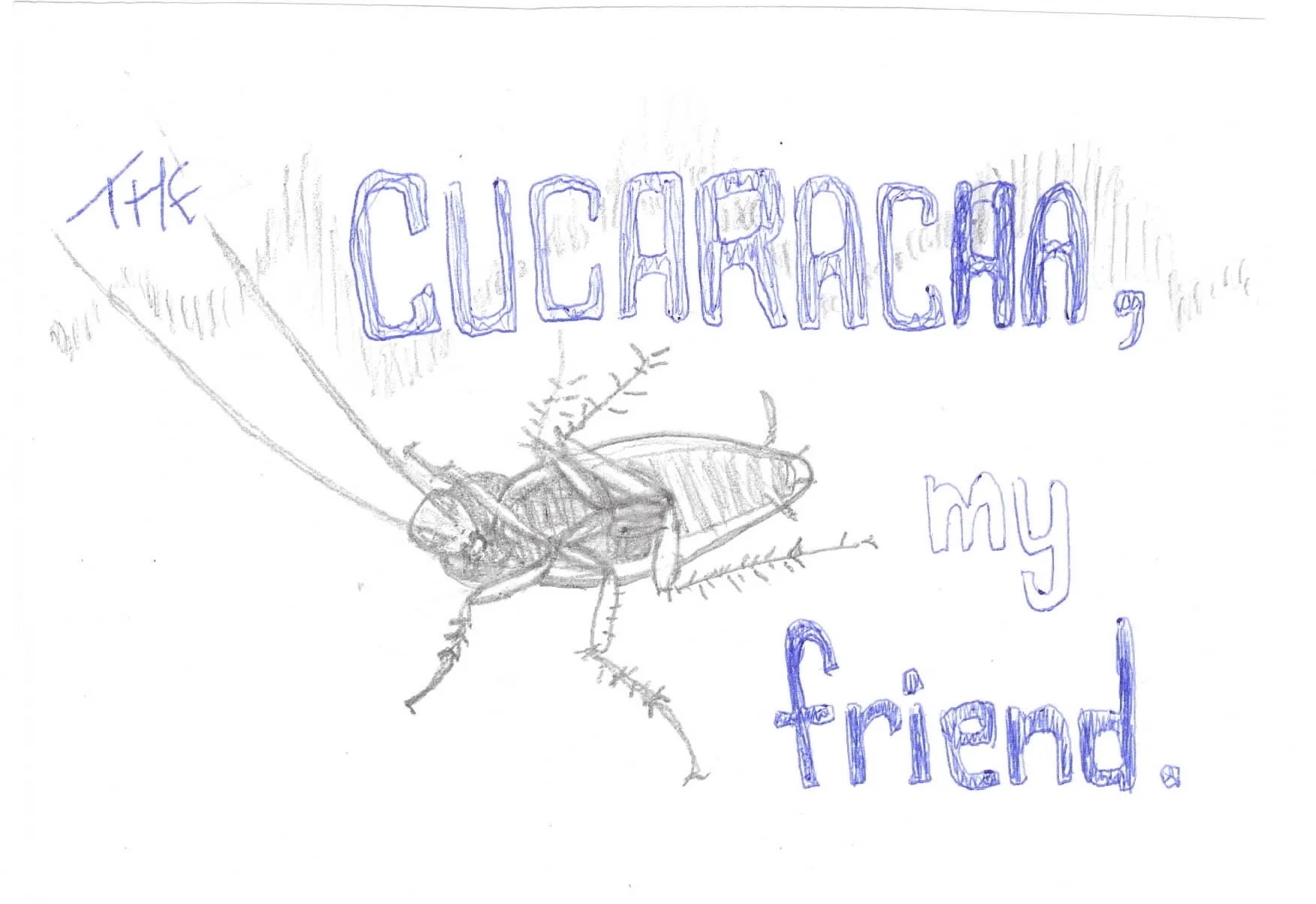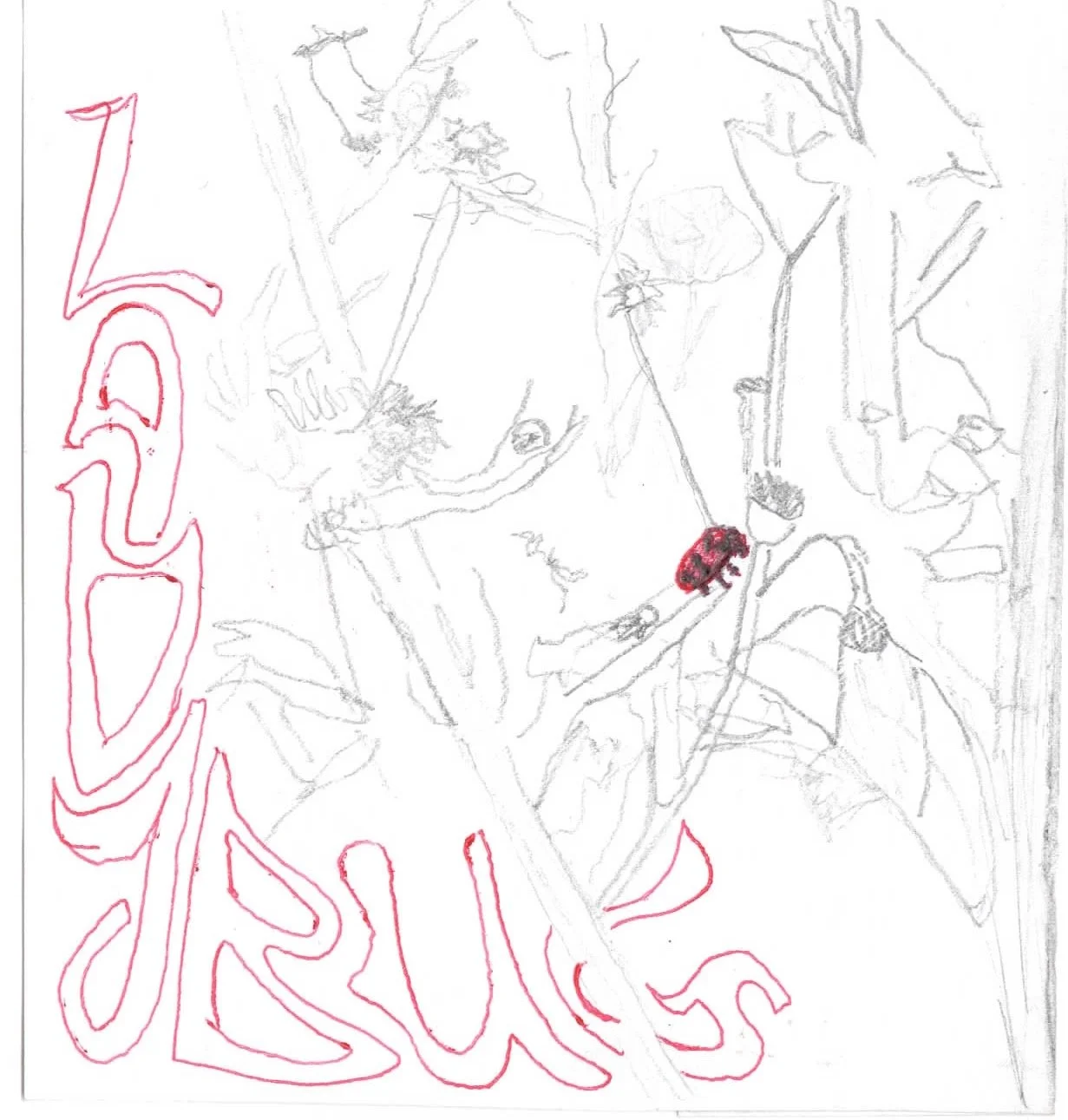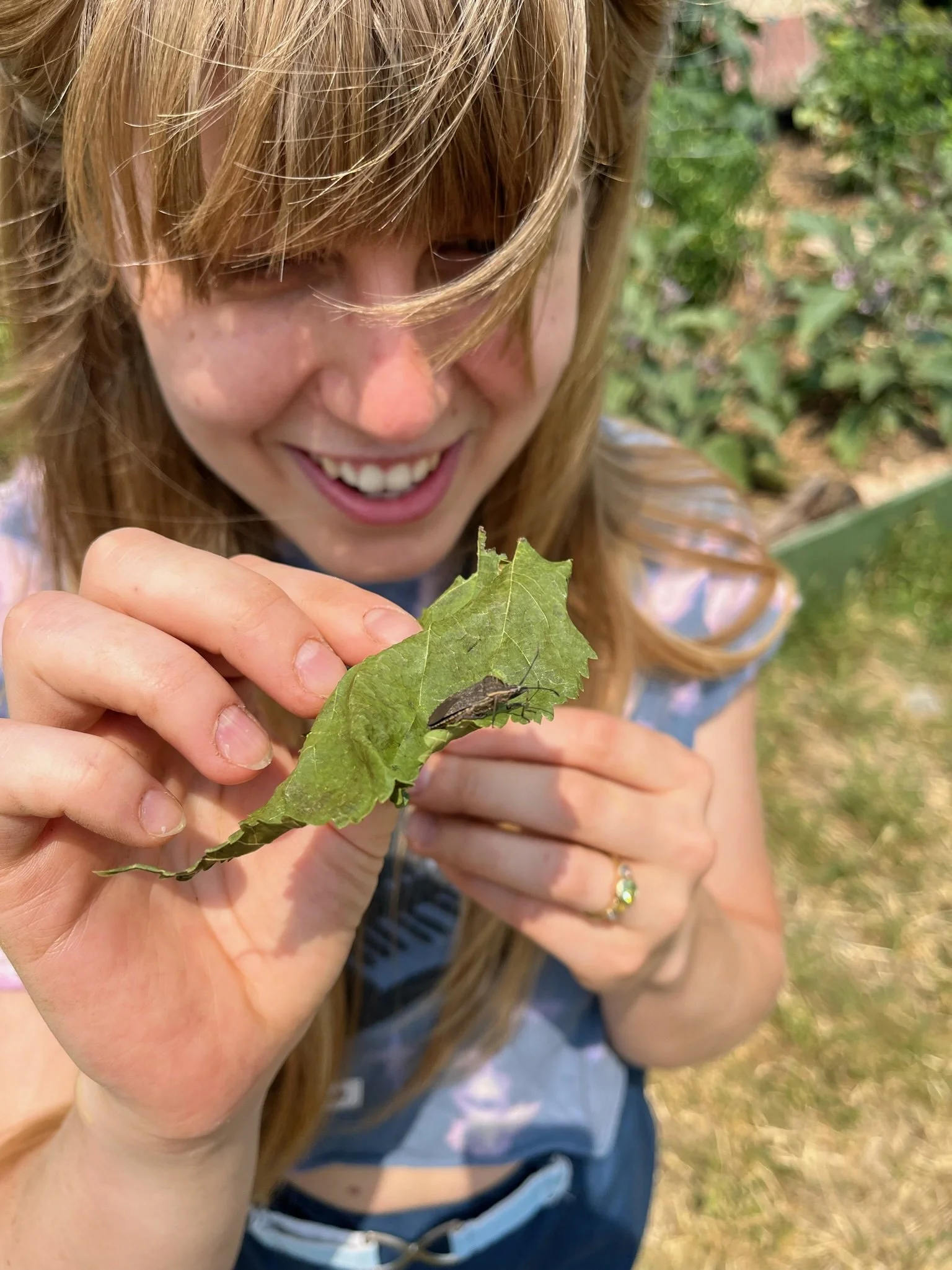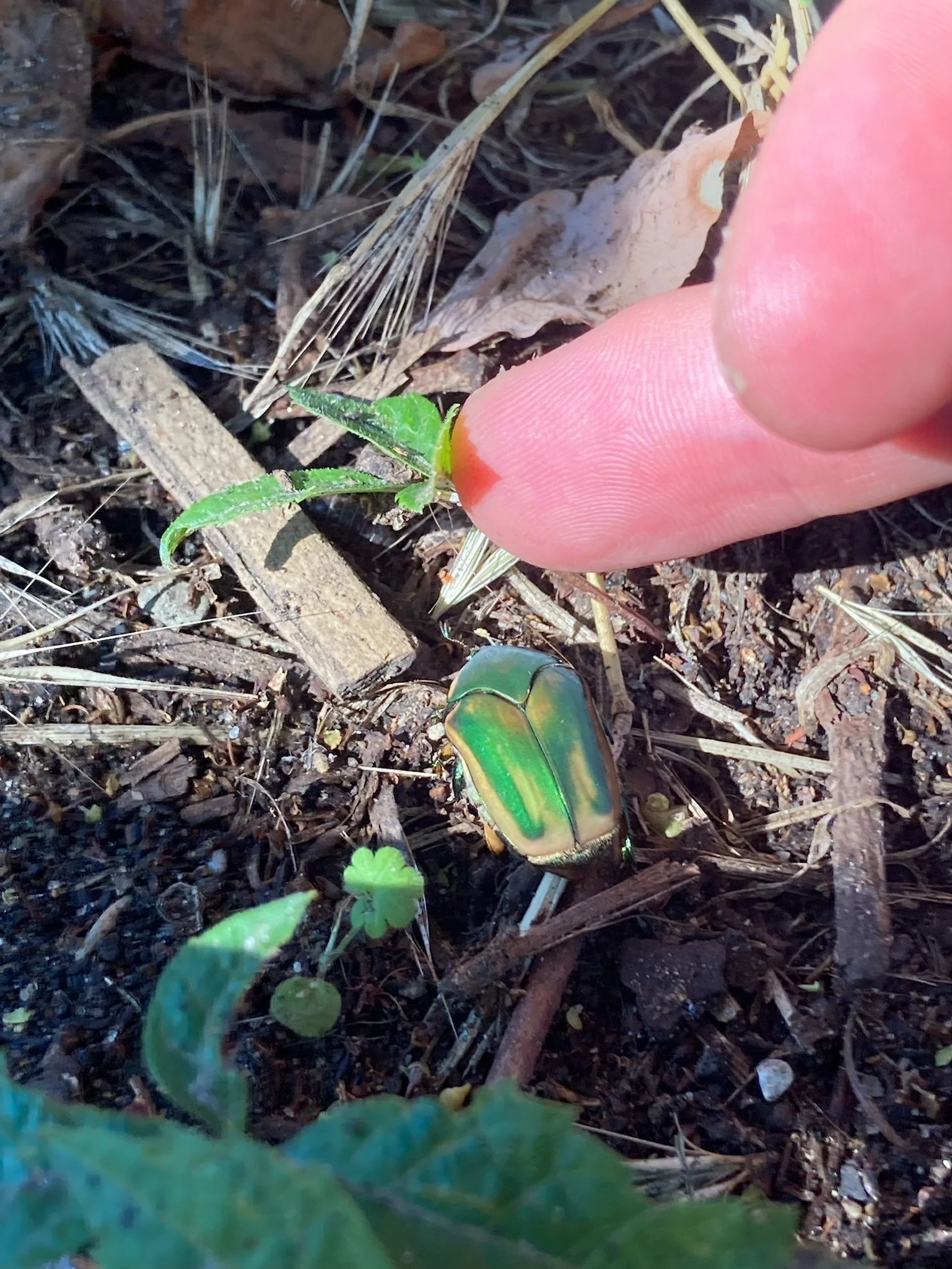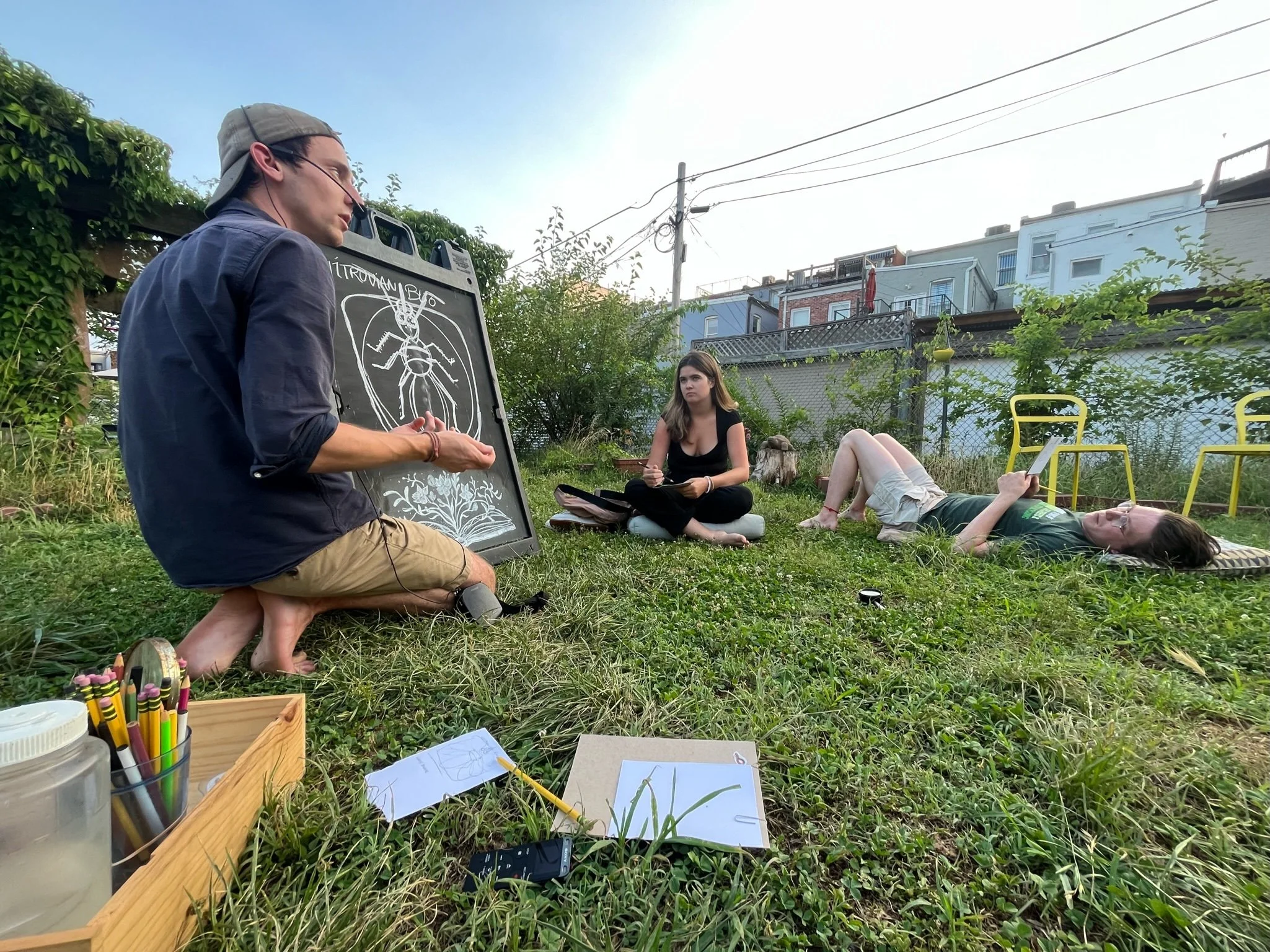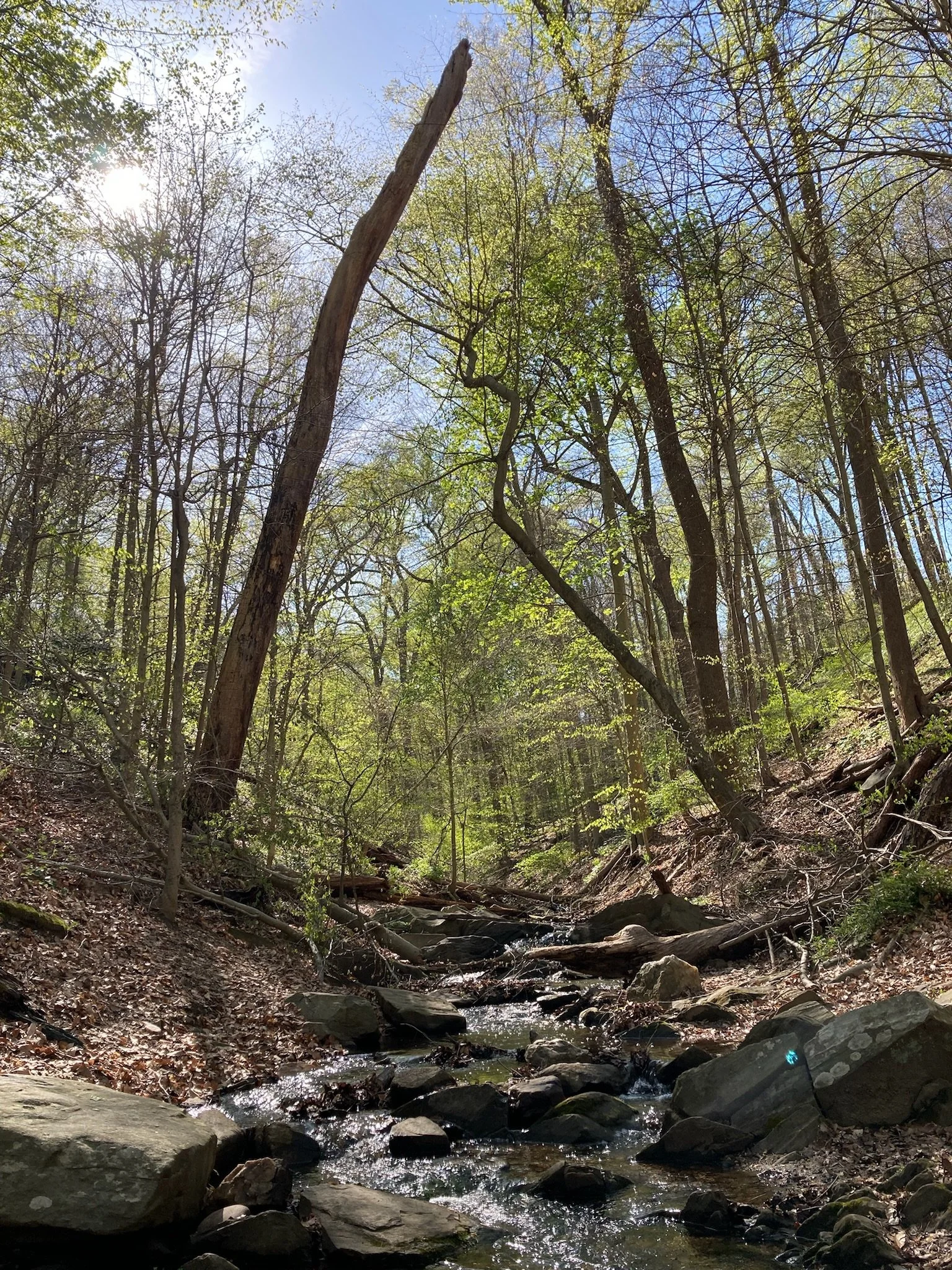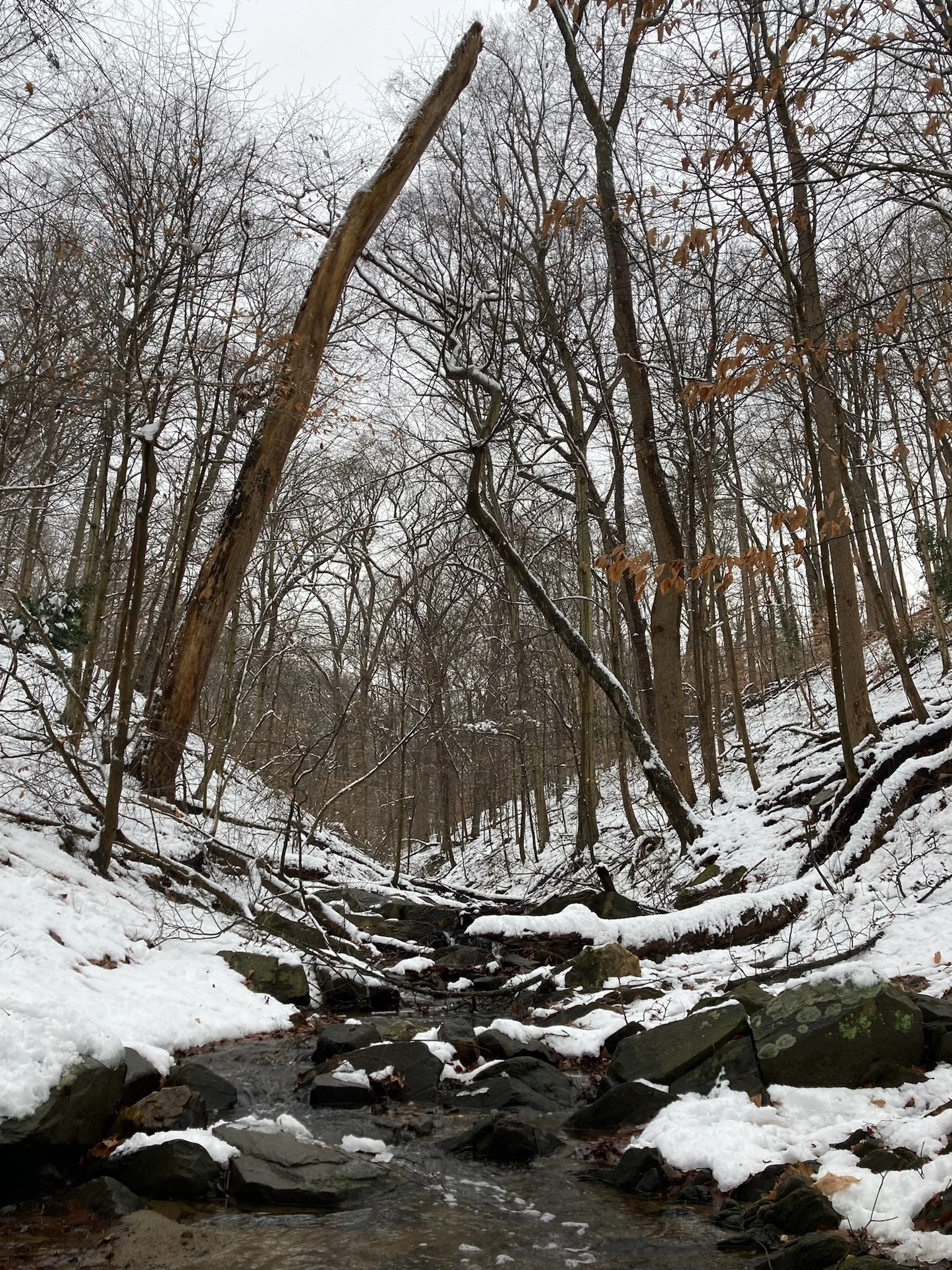How to See a Bug
Why see a bug? • What is a bug? • Where the bugs at? • Why again??
In the same way we need to preserve our ecosystems for the more charismatic animals, we must also increase awareness for the insect populations worldwide that are disappearing.
Overcoming the fear of bugs is the first step to reversing their decline. We need to want to see a bug in our environments —— the spider’s web on our stoop, the dragonfly at dusk, and the roly-polies under every rock —— instead of our usual reactions of aversion, disgust, dismay. All that swatting, flushing, and spraying in an effort to eradicate bugs from our presence has left us in unbalanced relationship.
How to see a bug is a continuation of the How2See series, where participants join together in the Garden for dedicated time spent cultivating wonder while deepening their relationship to the wider living world.
>> This course is still in playtesting but you can reach out to me for an invite to the next time I share.
How to See a Plant
To preserve and regenerate our ecosystems, we must first hone the awareness and attentional skills that are required to simply notice what’s happening on the ground. To that end How to See a Plant uses methods from art history, spiritual ecology, and embodiment practices to help participants overcome plant blindness. Each of the five modules is focused on seeing and experiencing a different category of plant life: grasses, flowers, vegetables, vines and trees.
Students will learn the art of closely observing and relating with flora by tuning their human senses to meet plants somewhere in the middle. Establishing relationships with the garden plants is not only how we learn to take better care of them, but also how we come to feel connected to the local rhythms of our ecosystem. A plant’s way of knowing is deeply embedded in the subtleties of the present moment as well as the cyclical turning of the seasons. The course centers wonder, intuition, and awe in addition to scientific observation and classification.
Classes include a guided meditation, ecological storytelling, formal analysis of plant composition, and an optional sketching session to invite new ways of seeing. Each module culminates in one-on-one time with a single plant in the garden where we can begin to converse with the wider living world.
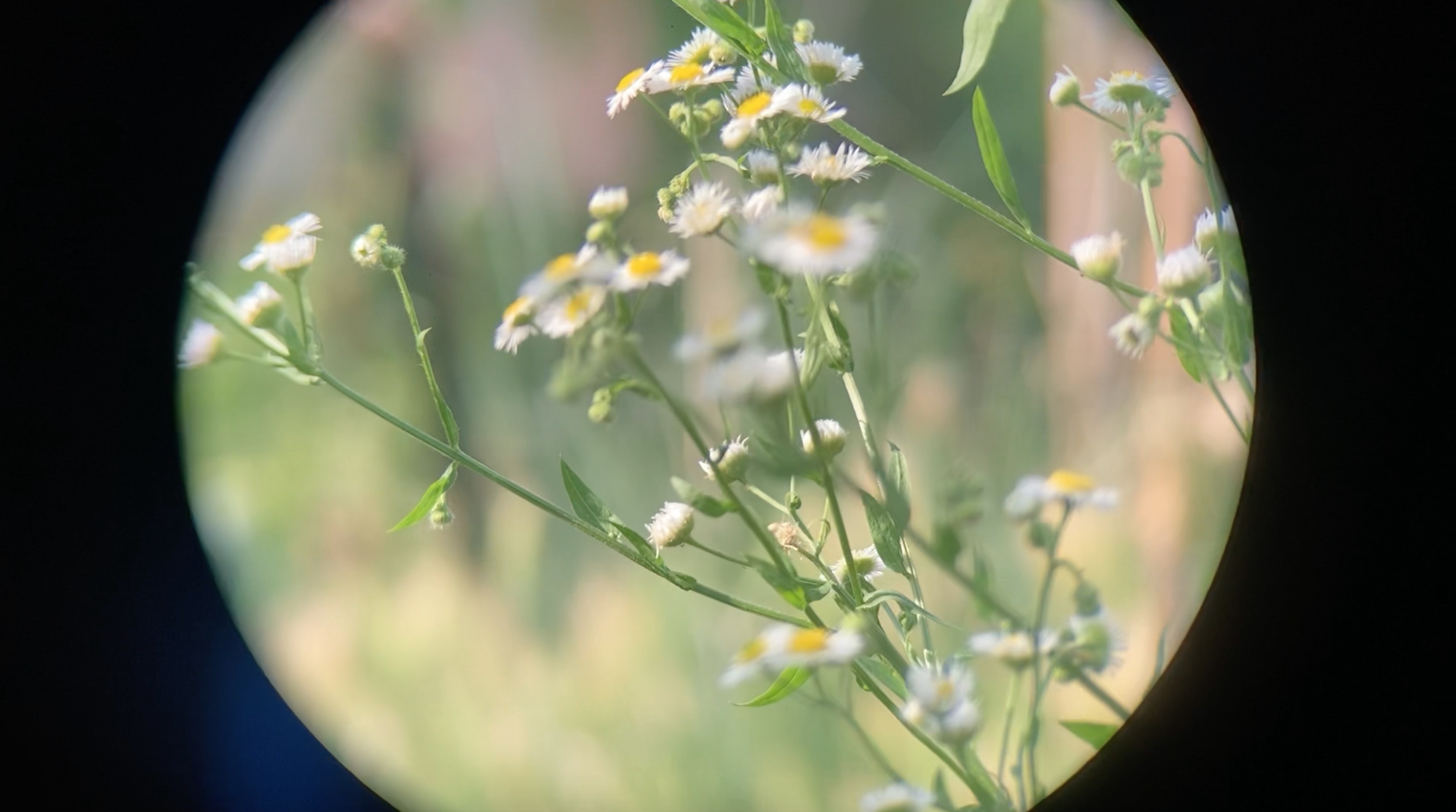
Inspired Readings
-
The Art of Looking
“We are limited by our sensory abilities, by our species membership, by our narrow attention — at least the last of which can be overcome.”
Read → -
Magic and the Machine
“To the animistic frame of mind, any sound can be a voice, any movement can be a gesture laden with expressive intent … Only as our senses transferred their animating magic to the written word did the other animals fall dumb, the trees and rocks become mute.”
-
The Naturalist
“The modern naturalist, in fact, has now become a kind of emissary in this, working to reestablish good relations with all the biological components humanity has excluded from its moral universe.”
-
Ted Cook
“We must never forget to acknowledge the trees when we’re near them, and reassure them. They love care, they love consciousness! They’ve nursed us from primitive beings.”
